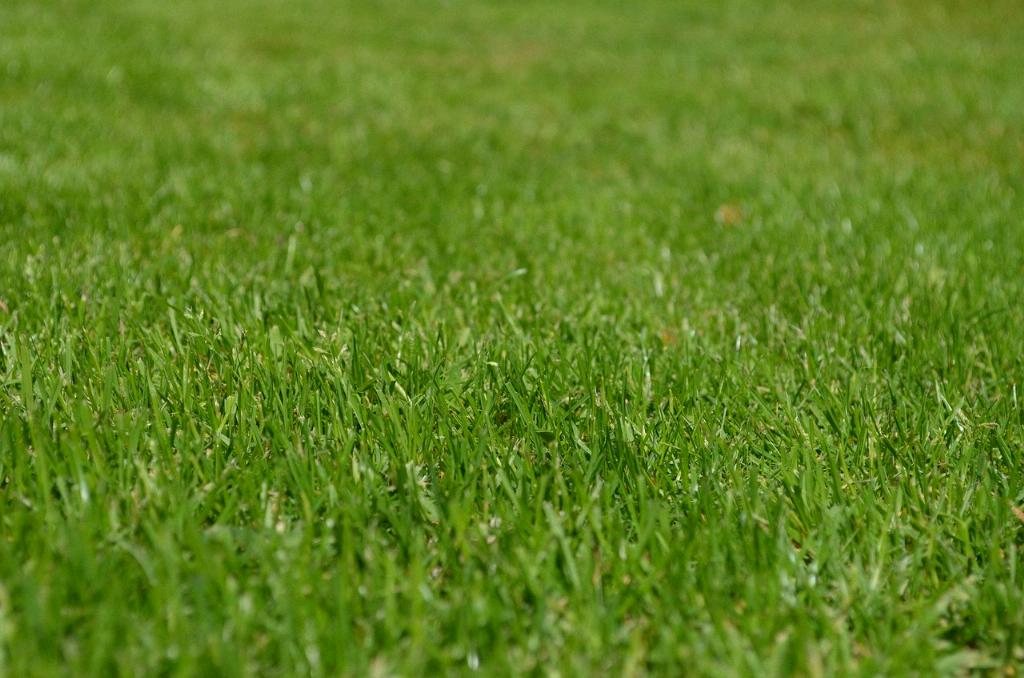Grubs, the larvae of various beetle species, are often a cause for concern among homeowners due to their potential to wreak havoc on a lush green lawn. These small, white creatures may seem harmless at first glance, but their voracious appetite for grass roots can lead to significant damage if left unchecked.
The Role of Grubs in Lawn Damage
When grubs feed on the roots of your grass, they disrupt the plant’s ability to absorb nutrients and water from the soil. This can result in patches of dead or dying grass, making your once vibrant lawn appear sparse and unhealthy. Additionally, the presence of grubs can attract other pests, such as moles and birds, that further contribute to the damage.
Assessing the Severity of Grub Infestations
It’s essential to monitor your lawn regularly for signs of grub infestations, such as brown patches of grass that detach easily from the soil and an increase in animal activity. By inspecting the soil beneath the affected areas, you can determine the extent of the damage and take appropriate action to address the problem.
Factors Influencing the Impact of Grubs
The severity of grub damage can vary depending on several factors, including the type of grass in your lawn, the overall health of your turf, and the population density of grubs in the soil. Healthy, well-maintained lawns are more likely to withstand grub feeding, while weaker or stressed grass may succumb more easily to the damage.
Methods for Controlling Grubs
There are several strategies available for controlling grub populations and minimizing their impact on your lawn. One common approach is the use of chemical pesticides specifically formulated to target grubs, although this method may have environmental implications and should be used judiciously.
Biological Control Options
Alternatively, biological control methods, such as introducing nematodes or parasitic wasps that prey on grubs, can be effective in reducing infestations without the use of harsh chemicals. These natural predators help to maintain a balance in your lawn ecosystem and prevent grub populations from spiraling out of control.
Preventative Measures to Protect Your Lawn
Implementing preventative measures, such as maintaining proper mowing and watering practices, aerating your soil to promote root growth, and overseeding to fill in damaged areas, can help fortify your lawn against grub damage. By creating a robust and resilient turf, you can reduce the likelihood of severe infestations.
Consulting with Lawn Care Professionals
If you’re unsure about the best course of action for addressing grub infestations in your lawn, it’s advisable to consult with a lawn care specialist who can assess the situation and recommend tailored solutions. These experts have the knowledge and experience to diagnose grub problems accurately and devise effective treatment plans.
Evaluating the Cost-Benefit of Grub Control
When weighing the costs of grub control measures against the potential damage they can prevent, it’s essential to consider the long-term health and appearance of your lawn. While investing in preventative treatments may incur upfront expenses, the savings gained from avoiding extensive repairs and reseeding can outweigh the initial outlay.
Monitoring and Maintenance for Long-Term Success
Regular monitoring and maintenance of your lawn are key to ensuring long-term success in controlling grub populations and preserving a vibrant turf. By staying vigilant and proactive in addressing potential issues, you can enjoy a healthy and beautiful lawn that enhances the curb appeal of your property.

Final Thoughts on Grubs and Lawn Health
In conclusion, while grubs can pose a threat to the health and aesthetics of your lawn, they are not inherently bad. By understanding the factors that influence grub damage, implementing appropriate control measures, and maintaining a vigilant approach to lawn care, you can effectively manage grub infestations and enjoy a thriving green landscape for years to come.
